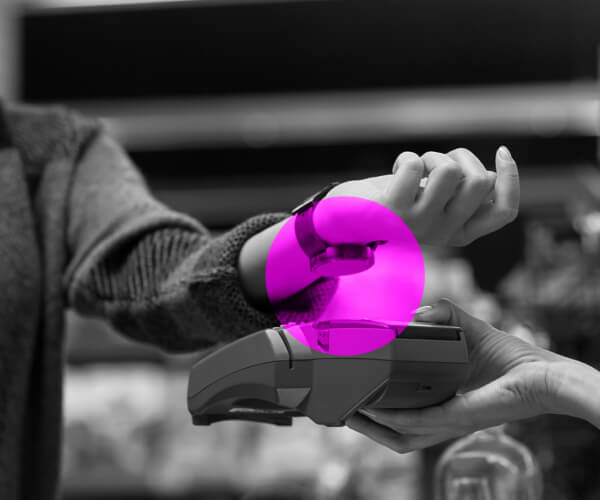It has been a wild year. I was trying to unpack this the other day thinking about my own experiences. Life has definitely changed. We have become accustomed to doing things remotely, adapting the way we work and live to become more digital. I never thought I would see the day, but my 84-year-old grandma now calls me ON FACETIME. In my own friend and family circle, people have gotten married on Zoom, and sadly even attended funerals virtually. And while we will undoubtedly return to face-to-face weddings and other life experiences, some things just feel as though they have been altered for good.
And this is especially true for retail and the shopper path-to-purchase.
We saw trends emerging prior to the pandemic – shoppers were embracing digital retail. COVID simply accelerated changes that now seem permanent.
Pre-pandemic, we saw a certain percentage of shoppers navigating seamlessly between online and physical grocery retail to research purchases, compare prices between e-commerce brick-and-mortar offers, and activate things like online coupons.
Once the pandemic spawned lockdowns, by necessity, shopper behavior turned to the e-commerce digital options of click-and-collect or click-and-deliver. Meal kits and food delivery through third-party apps became commonplace. Managing and scheduling an Instacart order became a competitive sport, and terms like “BOPIS” (Buy Online, Pickup in Store) emerged as common parlance.
Stats around the growth of e-commerce have been staggering. In a report issued by e-Marketer on January 14th, they estimated that: “Despite a challenging year for retail in 2020, we estimate that worldwide retail e-commerce sales posted a 27.6% growth rate for the year, with sales reaching well over $4 trillion.”
While we may crave human contact with our families, friends, and even work colleagues, we have grown quite accustomed to new digital behavior in shopping. Once the crisis of COVID subsides and we achieve a new normal, it is inevitable that brands will need to approach winning at retail with a new playbook – one that accepts the inevitable: digital omnichannel retail is here to stay.
Physical and digital retail was moving away from “either/or”, but there is now no escaping the challenges posed by an omnichannel path-to-purchase.
Understanding the multidimensional digital and physical factors influencing consumer choice has profound implications for the shopper marketing investments that brands will have to make:
- Where are consumers navigating online before they encounter your product?
- What drives loyalty when consumers’ top priority is availability?
- How do the key elements of “findability” differ when consumers reach for a pack on the virtual versus the physical shelf?
- What SKUs should be prioritized across online and offline channels?
- Where (and when) are the optimal occasions in the omnichannel shopper journey to intercept and influence shopper behavior?
There have never been so many ways to observe omnichannel consumer choice, too often used in isolation by technologists rather than behavioral researchers. Without a simple framework in which to synthesize different strands of data and interpret these behaviors, and without advisors with deep category expertise, brands struggle to make sense of the challenges they face in omnichannel shopper marketing.
At Behaviorally, we have spent the last several years defining and diagnosing the impact this new multidimensional path-to-purchase has on behaviors that drive shopper growth. I oversee our OmniPath® practice, in which we deploy deep exploratory techniques to uncover what really matters when attempting to influence shopper behavior.
In a volatile period of change and uncertainty, we believe behavioral principles are the only constant with which to understand how and why consumers shop the way they do. What we have found is that brands who approach the challenge holistically are the most likely to be successful.
Let’s start a conversation to identify how our approach can diagnose the key factors that impact how consumers shop for your product, and how we can help you drive future shopper growth.
THE AUTHOR
 Ruben Nazario is the Vice President, Project Lead on the innovation team at Behaviorally (formerly PRS). He has been responsible for bringing the OmniPath® solutions to market to help clients decode the complexity of the omnichannel path-to-purchase.
Ruben Nazario is the Vice President, Project Lead on the innovation team at Behaviorally (formerly PRS). He has been responsible for bringing the OmniPath® solutions to market to help clients decode the complexity of the omnichannel path-to-purchase.
If you would like to talk with Ruben about how behavioral design can help your product perform optimally digitally as well as in brick-and-mortar retail, you can reach him on Twitter @RubenDNazario or connect with him on LinkedIn.
